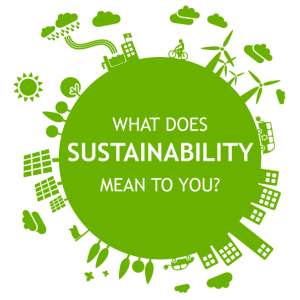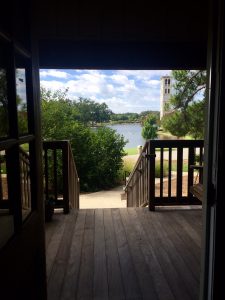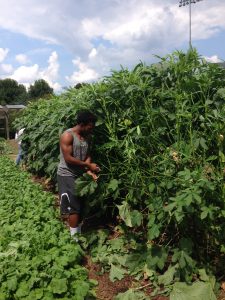Nature around us uses solar energy constantly and efficiently. Energy form the sun powers the growth of plants, and as a result, through different food cycles, life in general. Like all living things, we rely heavily on solar energy even without knowing it.
Our household appliances are powered by electricity, including our washing machines, electric stoves, hair driers, and fridges all use electricity, not to mention the light bulbs that illuminate the house. The list of devices that use electricity goes on endlessly. If the electric energy comes from fossil fuels, a flip of a light switch or recharging a cellphone produces carbon emissions and depletes natural resources. Therefore, the quest to turn solar energy directly to electricity is a very important step toward sustainable living.
Solar cells are becoming more efficient and reliable today, and Furman is committed to use this option to replace our source of electricity to a sustainable form. There was an announcement in August that a new solar farm along Poinsett Highway will substitute another 5% of the university’s total energy usage to solar. The increased use of this clean source of power is great news for everyone who cares about sustainable living.
This complex way of using energy from the sun, however, is not the only way we can use this great resource in our everyday life. There are creative ways to get away without the use electric power. Here is one idea: instead of using the dryer one could let the warm South Carolina sun dry all the laundry.
-Adel Takacs


 ot in use.
ot in use.